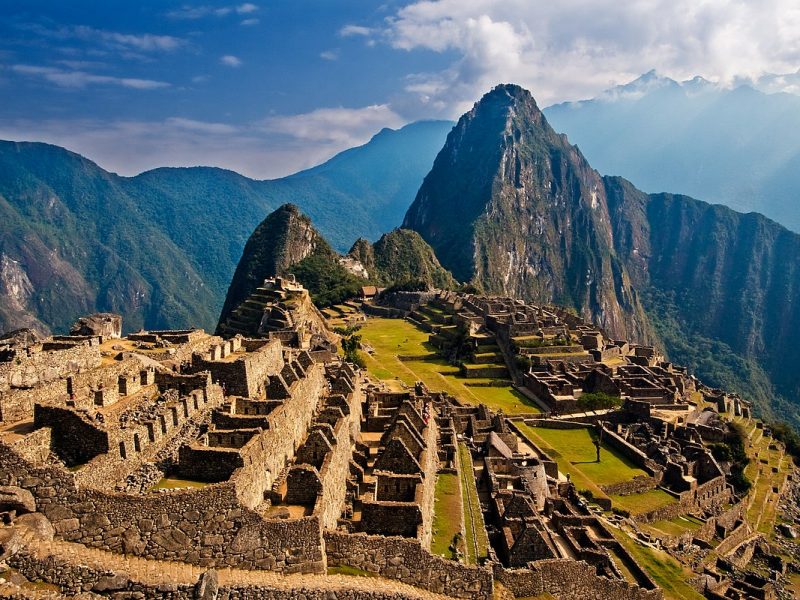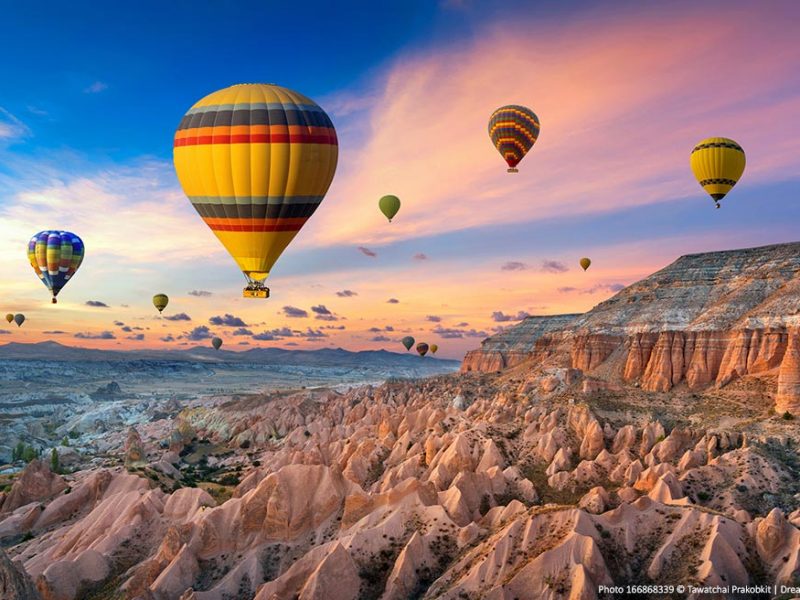Bagan (Pagan) is a must-see attraction in Myanmar (Burma) when travelling in the country. Thousands of ancient Buddhist temples and pagodas, like seeds scattered in a field since ancient times, are on view for many kilometres, immersing tourists from all over the world in a mysterious world and delighting no less than the famous Cambodian or Indonesian. A paradise for historians and pilgrims, positive energy. The most interesting and unique place not only in Myanmar, but also beyond.
Description
Bagan was founded in the 9th century by the Burmese in central Burma and destroyed by the Mongols in 1287. Bagan is one of the most prominent places in Myanmar. In ancient times some 13,000 places of worship were built over a period of 200 years. Today, an area of 42 square kilometres offers some 5,000 beautifully preserved temples, pagodas and stupas.
The old city of Bagan is entered through the Taraban Gate. All that remains are ruins, including two small temples on either side of the gate, built in honour of the deities Mahagiri and Shemyatna.
The most famous structure in Bagan is the Shwezigon Pagoda. It was built in 1057 by King Anorakht, founder of the royal dynasty of Burma. The pagoda is covered in gold and surrounded by many small temples and stupas. It houses the bone and tooth of the Buddha.
The huge Dhammayangyi temple was built in the second half of the 12th century. Many of the temple’s corridors were blocked off, making it impossible to enter.
Thatbyinnyu is the tallest temple in Bagan at 61 metres. Inside it is a maze of corridors.
Ananda Temple (1091) is now one of the best preserved examples of Mon Mon architecture.
The Lokananda (Lawkananda) Temple was built in 1059 on the banks of the Irrawaddy River. It houses an exact replica of the Buddha’s tooth, which was sent by the king of Sri Lanka and is now housed in the Shwesigon Pagoda.
The Shwesanda temple was built in 1058 under King Anawrata to house a gift of Buddha’s hair from the king of Bago state.
Manuha Temple was built in the mid-11th century under King Manuha of Mon, who was imprisoned in Bagan at the time. The temple has three sculptures of a seated Buddha and a reclining Buddha, all housed in small rooms, symbolising Manuha’s suffering in detention.
The Shwegugyi Temple was begun in 1131 under King Alaungshitu and dedicated to him, who was assassinated by his son in 1163.
The Gubyaukgyi temple at Myinkaba was built in 1113 by Rajakumar, son of King Kiansitt, at a place called Myinkaba. According to legend, Rajakumar gave birth to a woman named Tambula, who was later proclaimed queen by Kiansitta. She gave him three villages, which Rajakumar inherited. In them, Rajakumar built a temple in honour of his father. Under Queen Tambul, the temple of the same name, considered one of the most beautiful temples in Bagan, was built. There is another Gubyaukgyi temple of Wetkyi-in. It was built in the mid-13th century and is pyramid-shaped.
The Payathonzu temple complex consists of three pagodas built in the late 12th century. One of them was never completed.
Htilominlo Temple was built in the 13th century and is named after the king under whom it was built.
The brick Shinbinthalyaung Temple contains the largest reclining Buddha statue in Bagan at 18m long.
Nanpaya Temple remains a mystery because of the presence of the four-headed Hindu god Brahma, which is unusual in Buddhist temples.
The Sulamani temple was built by King Narapathisitu. It consists of two parts, the lower and upper, along which there are corridors with niches for Buddha statues. A staircase leads from the lower to the upper level.
The Mingalazedi Pagoda was built in 1274 and was one of the last pagodas to be built before the Mongol invasion.
There are many pagodas to be seen in Bagan, but very few monasteries remain, apparently because they were built mostly of wood. The best preserved is Upali Monastery. It was built of brick and named after a famous monk in the early 13th century. In addition to the religious buildings, the Archaeological Museum, with a large collection of medieval history, is also of great interest.
Sixty km southeast of Bagan is the sacred Mount Popa, surrounded by a natural park. It is a place of worship and pilgrimage for the locals. According to legend, Mount Popa is home to the spirits of nature. Statues of the spirits are displayed in a monastery, which sits atop the mountain at an altitude of 1,518 metres. The slopes of Mount Popa are covered with dry forests, home to rare monkeys such as the smoky lagoon.
Amazing Bagan
Today it is a city of frozen stone where stone buildings take centre stage: half-timbered pagodas, Buddhist temples and stupas. It is also home to some of the most beautiful temples in the world. In the distant past, this city, now forever dormant, was the political, cultural and religious centre of Burma. Now only vestiges of its former grandeur remain, and lovers of refined exoticism seek them out. The Irrawaddy River, Myanmar’s largest, meanders through Bagan, and intrepid travellers can reach the treasured city by taking it. It’s much more interesting to reach this treasured place by river via a small ferry than by a trivial plane or bus. This river majestically adorns its surroundings and among the ruins it will remind you more than once of what is eternal and what is fleeting.
The mystique of the city
The ruins have given the surroundings a certain mystical charm. The Asian architecture and the abandonment of the sites captivate with a certain sophistication, but without the sullenness so characteristic of the ancient ruins. An astonishing languor pervades the local air, regardless of the time of day. The curves of the local temples are strikingly different from any architectural trend in the world, and only by looking closely can one understand the stark difference between the cultures of the West and the East. The curvature of every structure around you will seem to want to inspire or influence your mind.
You may also like:



